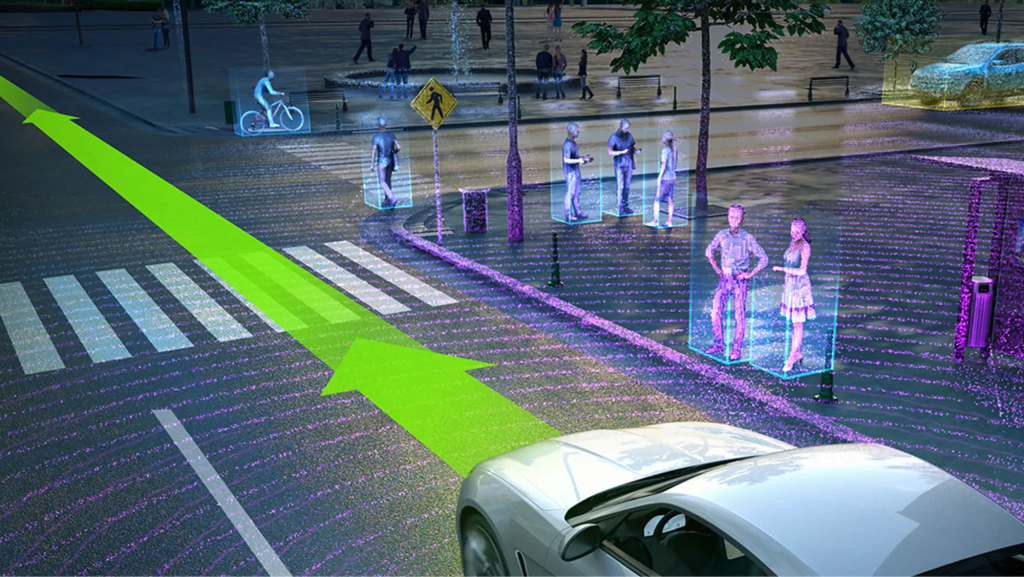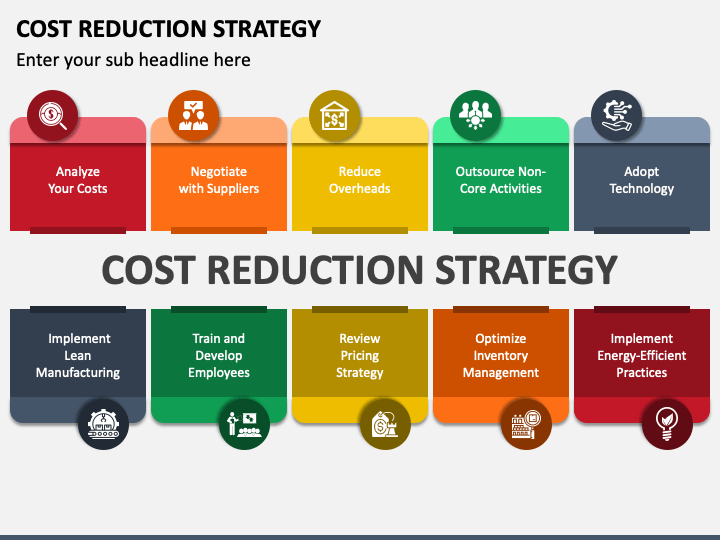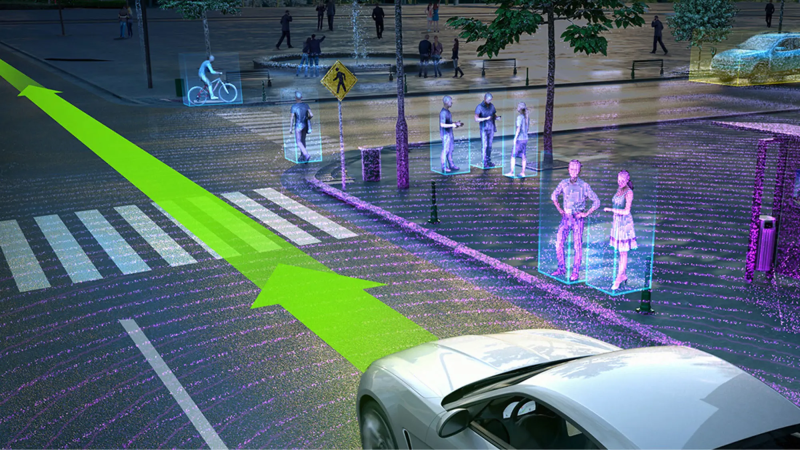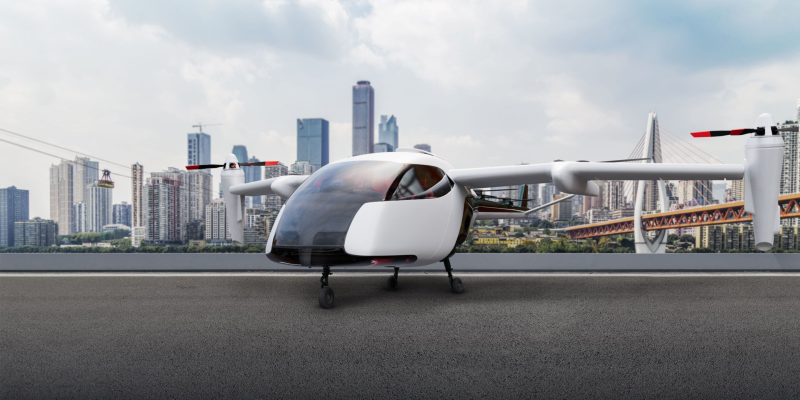1. Introduction to Autonomous Driving Levels
Autonomous driving technologies are categorized into different levels based on their capabilities and the degree of human intervention required. Understanding the differences between Level 2 and Level 3 autonomous driving is crucial for appreciating the advancements in this field. Level 2 involves partial automation, where the vehicle can handle specific tasks but requires continuous driver supervision. In contrast, Level 3 allows for conditional automation, where the vehicle can manage more complex tasks under certain conditions, allowing the driver to disengage temporarily.

2. Level 2 Autonomous Driving in Complex Traffic
Level 2 autonomous systems are designed to assist drivers by managing specific tasks such as adaptive cruise control and lane-keeping assistance. These systems can handle straightforward highway driving but struggle with complex urban environments. For example, Level 2 systems may have difficulty navigating through dense traffic, construction zones, or areas with multiple pedestrians and cyclists. The driver must remain vigilant and ready to take control at any moment, as the system’s capabilities are limited.
3. Level 3 Autonomous Driving in Complex Traffic
Level 3 autonomous driving represents a significant leap from Level 2. At this level, vehicles can handle more complex tasks such as merging onto highways, changing lanes, and navigating through urban areas with moderate traffic. The key difference lies in the vehicle’s ability to make more advanced decisions and handle dynamic environments. However, the driver must still be prepared to take over when prompted, especially in situations beyond the system’s capabilities.
4. AI Technologies in Level 3 Autonomous Vehicles
AI plays a crucial role in enhancing the safety and capabilities of Level 3 autonomous vehicles. Advanced AI technologies such as deep learning, computer vision, and reinforcement learning enable vehicles to perceive their surroundings more accurately and make better-informed decisions. For example, AI models can predict the movements of other vehicles and pedestrians, allowing the autonomous system to react more quickly and safely. Additionally, AI-powered perception systems can detect and classify objects with higher precision, reducing the risk of accidents.
5. Role of AI in Level 2 Systems
In Level 2 systems, AI is primarily used to enhance basic driving assistance features. For example, AI algorithms can improve the accuracy of adaptive cruise control by better predicting the speed and distance of vehicles ahead. Similarly, lane-keeping assistance can be enhanced through AI-powered image recognition, which helps the vehicle stay within lane markings more reliably. While Level 2 systems rely heavily on human intervention, AI still plays a vital role in improving safety and convenience.
6. Conclusion
In summary, Level 2 and Level 3 autonomous driving systems differ significantly in their capabilities and the degree of driver involvement required. AI technologies play a crucial role in enhancing safety and performance, particularly in Level 3 systems. As technology continues to advance, we can expect further improvements in autonomous driving capabilities, leading to safer and more efficient transportation solutions.
Hot Questions and Answers
- What are the main differences between Level 2 and Level 3 autonomous driving?
- Level 2 involves partial automation with limited capabilities, requiring continuous driver supervision. Level 3 allows for conditional automation, handling more complex tasks under specific conditions, but still requires the driver to be ready to take over.
- How does AI improve safety in Level 3 autonomous vehicles?
- AI enhances safety by improving perception accuracy, predicting the movements of other vehicles and pedestrians, and making better-informed decisions in complex environments.
- What specific AI technologies are used in Level 3 systems?
- Level 3 systems often use deep learning, computer vision, and reinforcement learning to enhance perception, prediction, and decision-making capabilities.
- Can Level 2 systems handle complex urban environments?
- Level 2 systems are generally limited to simpler highway driving and struggle with complex urban environments, which require more advanced capabilities.
- What role does AI play in Level 2 systems?
- AI in Level 2 systems enhances basic driving assistance features such as adaptive cruise control and lane-keeping assistance, improving their accuracy and reliability.
- Are there any Level 3 vehicles currently available to the public?
- Some Level 3 systems are available in certain markets, but their use is often restricted to specific conditions and environments.





